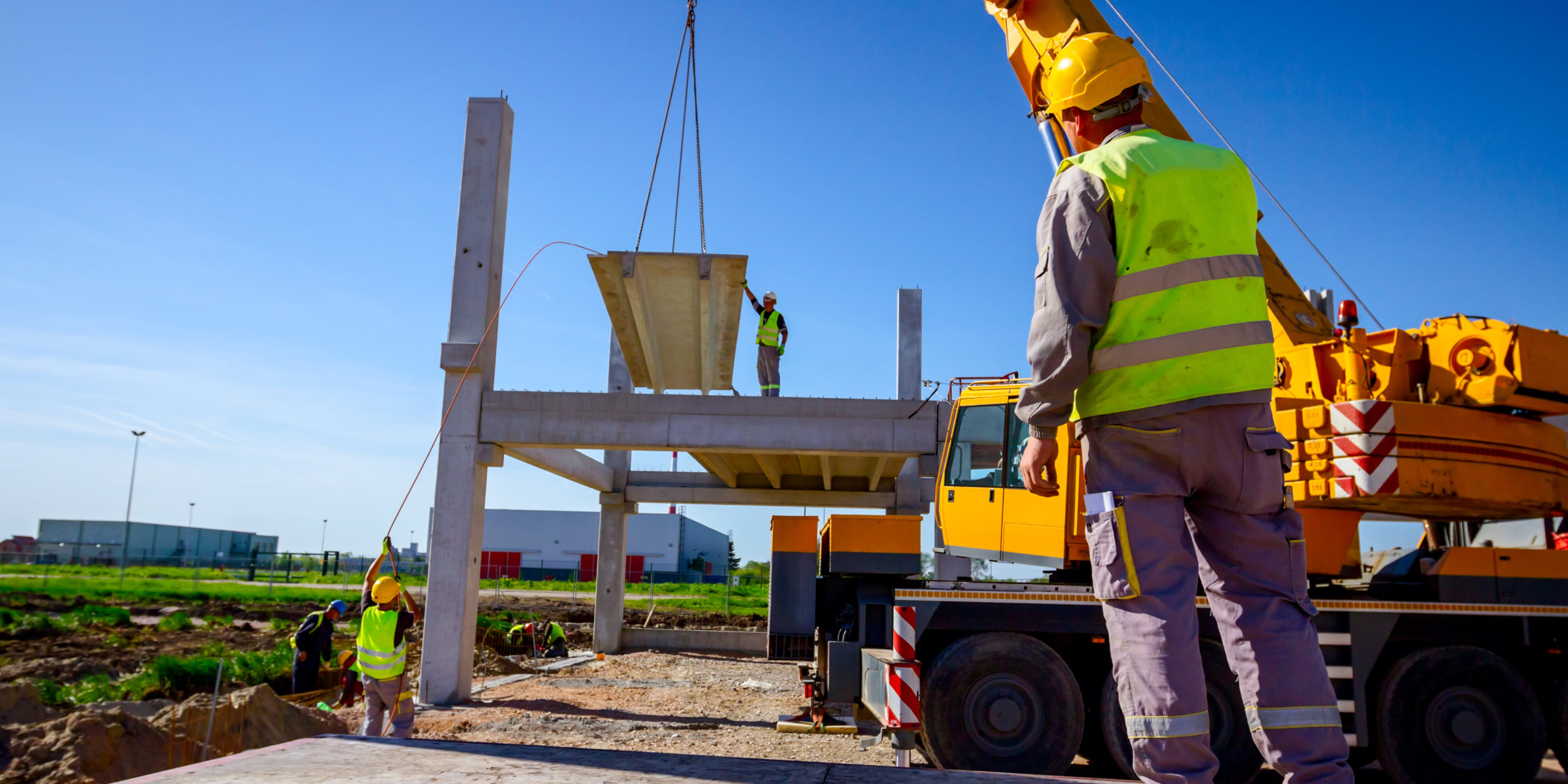Building safety – the overhaul continues
24th August 2021

The overhaul continues
This article was first published in CIR Magazine.
A major overhaul of UK building safety in the form of the Building Safety Bill will bring about a number of changes that insurers need to be aware of, as Kathryn Turner, Crime & Regulatory Associate explains.
The impending Building Safety Bill, which has been described as the biggest change to the building safety regime for 40 years, is set to pass in 2023. Drawn up in response to the Grenfell Tower fire, the Bill aims to introduce more stringent regulatory measures for high-risk buildings – those of 18 metres or six storeys or more in height.
On 19th January 2021, housing secretary Robert Jenrick announced that a new national regulator was to be established to ensure that materials used to build homes are safe. The Regulator for Construction Products will have strong enforcement powers, including the power to remove from the market any product that presents a significant safety risk; the ability to conduct its own product testing when investigating concerns; and the power to prosecute companies that flout the rules on product safety.
The RCP will operate within the Office for Product Safety and Standards and will see a shift in focus from Trading Standards, which has typically been the enforcing authority in relation to the current regulatory regime on product safety. The RCP will, however, work with Trading Standards as well as the Building Safety Regulator to encourage and enforce compliance.
How will high risk buildings be assessed?
There will be three ‘gateways’ at key points of the construction cycle for buildings deemed high-risk. In order to pass through one gateway to the next, the BSR will require evidence that the standards of the previous gateway have been satisfied.
• Gateway 1 (at planning application stage): BSR will consult with stakeholders to assess various design matters like fire safety and water supply.
• Gateway 2 (at construction stage): This stage is designed to provide a ‘hard stop’ where construction cannot begin until the regulator is satisfied that the duty holder’s design meets safety requirements.
• Gateway 3 (at management stage): All the prescribed documents and information (Hackitt’s “golden thread” of information) must be handed over to the Accountable Person. Duty holders will also be required to submit ‘as-built’ information to the BSR.
The Building Safety Bill offers welcome guidance to the industry at a high level. In theory, a safer industry will not only keep residents safe but also eventually reduce the number of claims made by professionals and that, in turn, should lead to fewer losses. However, the Bill also creates the new role of the ‘accountable person’, who will be responsible for assessing building safety risks on an ongoing basis and is required to submit information to the new BSR. The BSR will have wide-ranging duties and functions, including taking over the building control regime for high-risk buildings as detailed above, enforcing sanctions for non-compliance, improving the competence of those working on such buildings and overseeing the safety of those buildings in occupation.
What will the sanctions be?
The Bill will be the most significant regulatory reform in the construction sector for years, strengthening existing sanctions as well as introducing new ones. Prosecutions for contravention of building regulations are to be extended from two years to 10 years and the requirement to correct non-compliant work from one year to 10 years.
Additional breaches, which could result in criminal sanctions, include failing to appoint an AP or building safety manager with the necessary skills and knowledge to carry out the role; failing to register a high-risk building with the BSR before it becomes occupied; and failing to provide information to the AP.
It also covers providing false or misleading information to the BSR; obstruction of authorised officers, such as blocking the BSR from carrying out an inspection; and failing to provide information or documentation to the BSR.
Penalties include sentences of up to two years in prison, unlimited fines or both.
The BSR will be able to issue compliance notices if there has been, or is likely to be, a breach of building regulations. It will also be able to issue stop notices during the design and construction phase that require work to be halted until any serious non-compliance is addressed.
In addition, it will be obligatory to report to the BSR any structural and fire safety occurrences that could cause a significant risk. As a result, businesses will need to put in place internal processes in order to comply with their reporting obligations.
The BSR will also have the power to appoint a ‘special measures manager’, replacing the AP and building safety manager as the
individual in control of a high-risk building where issues have been uncovered.
Perhaps most importantly, the Bill makes it an offence for an AP for a high-risk building to disregard, without reasonable excuse, any relevant requirement which places one or more people in or about the building at critical risk. The scope of the Bill is therefore extremely wide with the possibility for prosecution being similarly broad.
Insurance ramifications
The new legislation is, without a doubt, a positive and long awaited step in the right direction to improving building safety and
fire safety risks. Insurers have long called for fundamental reform of the building regulatory and safety system due to the number of buildings that have been left with poor levels of protection.
The changes brought about by the new legislation should mean fewer insurance claims under buildings or construction related policies due to improved building safety and reduced fire risks. Further, the preservation of the thread of information together
with the mandatory reporting requirements, combined with the increased sharing of information introduced by the Bill, should assist insurers and risk surveyors in better understanding the risk they are being asked to underwrite and survey.
However, it is the creation of the AP and the increased levels of responsibility that will now sit clearly with building owners, managers, developers, contractors and other construction professionals, together with the power of enforcement, which is likely to have the biggest impact upon the insurance sector.
The government is likely to be watching the insurance sector’s response closely – particularly the extent to which professional indemnity cover is offered in respect of the new roles identified and whether any public policy decisions are required if the construction industry cannot respond to the demands placed upon it by the new regime.
Therefore, whilst the measures to improve building safety are undoubtedly important and should reduce the risk of loss and damage, consideration will need to be given to the insurance market’s ability to provide adequate cover to dutyholders and construction professionals. Insurers may want to consider what changes are required in order to mitigate the added risk introduced by the Bill such as bespoke exclusions, additional questions at inception or training for risk surveyors.
The scope of appetite among insurers to cover those working on high-risk buildings, and the consequential effect on prices,
remains to be seen. Either way, the management of high-risk buildings is likely to be an extraordinarily expensive, difficult and time-consuming task with a heavy weight of responsibility on duty holders, in particular the AP.
For more information or discuss building safety, please contact Kathryn Turner, Crime & Regulatory Associate at KTurner@keoghs.co.uk.
Related Articles
-
- Article
- Legal Solutions
Head injuries in contact sport: tackling a major issue
A personal view from Legal Solutions Partner, Martin McAleer Legend has…
-
- Article
- Legal Solutions
Search engine ad spoofing: is the Online Safety Bill the solution?
The issue When an accident takes place, the first thing that…
-
- Article
- Claims Solutions
Delays to deliveries of building materials & labour issues: How can insurers minimise the impact on claims lifecycles and costs?
The procurement of building materials has been a concern since the…
-
- Article
- Legal Solutions
Allianz and LV= GI reappoint Keoghs as strategic partner
Following a comprehensive market review, our legal solutions team Keoghs has…



